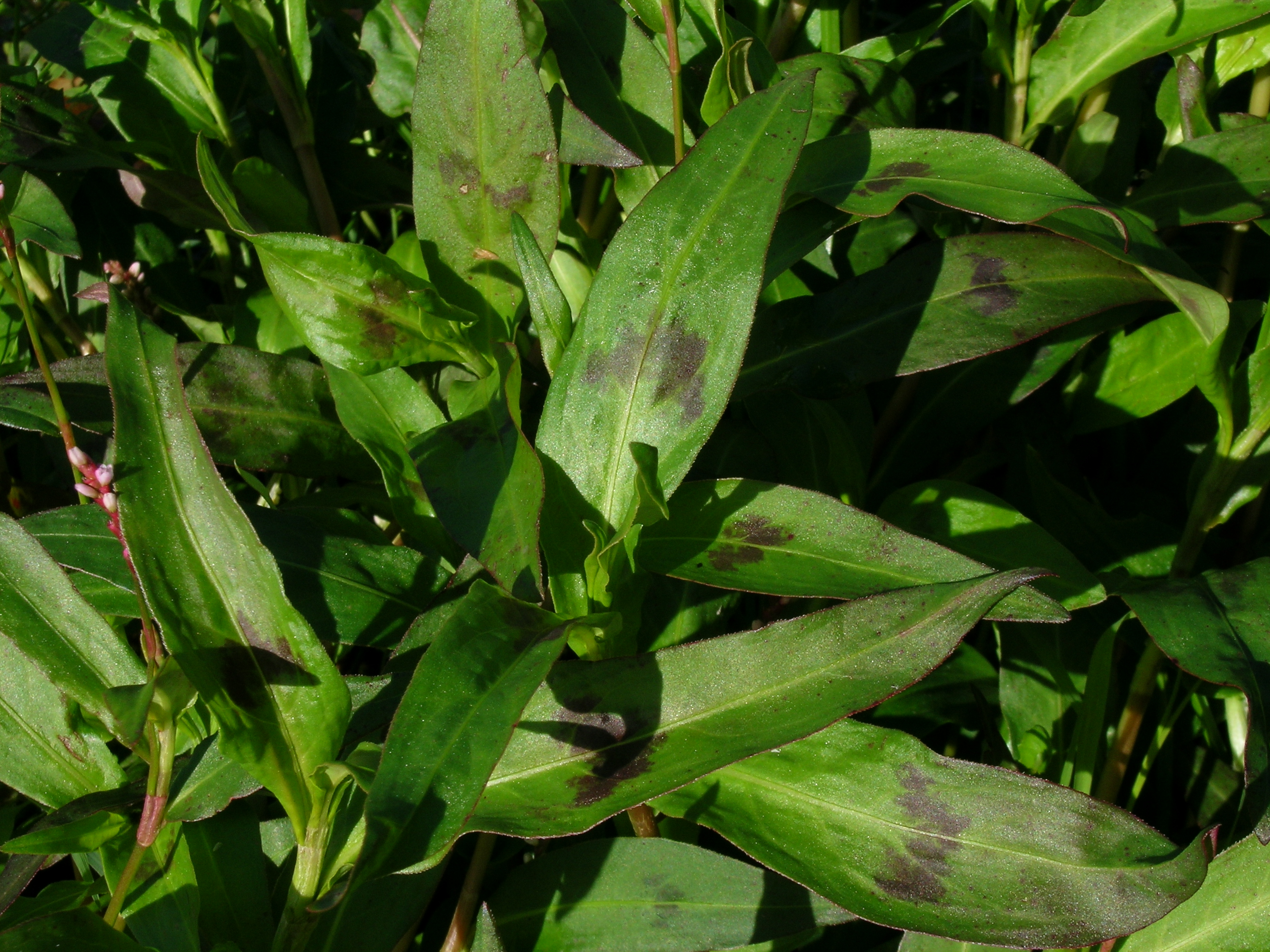
Purple blotch
Alternaria porri
What is Purple blotch (Alternaria porri)?
Purple blotch, caused by the fungus Alternaria porri, is a plant disease that affects various Allium crops, including onions, garlic, leeks, and shallots. The disease thrives in temperatures between 77-85°F and spreads through wind-dispersed fungal spores. Early symptoms include small brown spots on leaves that enlarge and develop into purple or dark brown lesions. Severe infections lead to blighted leaves and reduced plant vigor.
How does Purple blotch (Alternaria porri) occurs?
Purple blotch reproduces through the production and dispersal of fungal spores. The fungus Alternaria porri overwinters in crop residue on or near the soil surface. During the growing season, wind-blown spores from nearby infected plants land on the wounded tissues of susceptible crops. The spores germinate and penetrate the plant, initiating infection. The fungus then develops and produces more spores within the infected tissues. These spores are released into the environment and can spread to new plants, continuing the reproductive cycle.
Symptoms
1 - Effects on Plants
Purple blotch causes severe infections in Allium plants, leading to weakened growth, reduced yields, and smaller bulbs. Lesions from purple blotch can also facilitate the entry of other pathogens, increasing the risk of additional diseases.
2 - Effects on Soil
The fungus overwinters in crop residue, contributing to disease carryover between seasons. Fungal spores are easily dispersed by wind, spreading the disease to nearby plants and fields.
Solutions
1 - Seed Health and Maintenance
• Begin with disease-free seeds or sets to minimize the introduction of pathogens. Use certified pathogen-free planting materials whenever possible. • Adequate spacing between plants promotes air circulation, reducing leaf wetness and creating an unfavorable environment for disease development. • Remove and bury infected plant debris to prevent the spread of pathogens. Clear the field of any remaining infected plant material after harvest to reduce the overwintering potential of the fungus.
2 - Crop Rotation Harvest and Storage Practices
• Avoid Excessive Nitrogen and Rotate Crops, keeping crops out of the same field for at least three years. • Harvest in dry weather, handle crops carefully and allow proper curing before leaf removal. • Store crops at 34-38°F and 65-70% humidity in a well-aerated area.
3 - Chemical Control
Consider Fungicide Application using recommended products such as azoxystrobin, chlorothalonil, or mancozeb. Follow label instructions and consult local experts for guidance.
